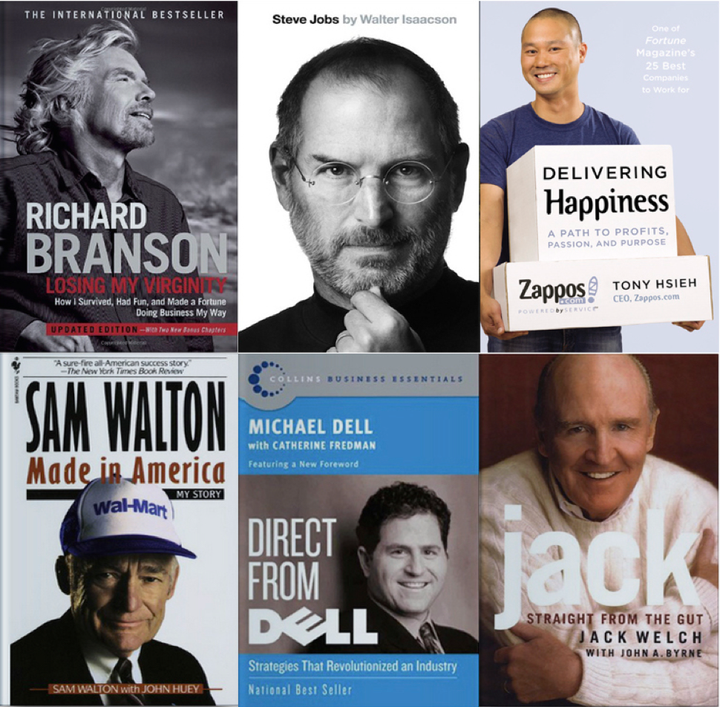
We can all lose our marbles from time to time. It’s not easy. A client of mine recently asked me how I kept myself inspired and chugging along. The question made me go deep within myself, and I finally got the courage to come up with this article explaining how I stay inspired.
When momentum starts to wane, inspiration is often the last hope of getting you over that last hurdle. So many projects are scrapped because they lacked that final killer idea. Careers falter because people become disillusioned, unable to see a way out of the monotony. The jigsaw of life is often fatally incomplete without that final piece.
Inspiration is that intangible spark that comes from nowhere and can transform our thinking and light the way for our actions. It is not something that you can seek out, as it has no “permanent residence,” but I do believe that you can do certain things to unlock your mind and welcome it with open arms when it does appear. Here are a few things I do when I need that extra shot in the arm:
I Write It Down. When I write something down, it assumes extra significance, and I find that it helps me connect the dots and visualize what is missing. The mere process of writing something down forces me to slow down to the pace of my typing, and in those gaps between pen strokes (or key presses), I find that my useful thoughts often materialize.

I Try To Think Like A Person Whom I Admire. Like everybody I too assume that I have a decent level of intelligence, but this is a creative thinking tool that gets me out of my “way of thinking” and into the brain of someone else. I read an autobiography of someone that I admire. It may be Steve Jobs, Richard Branson or Sheryl Sandberg – anyone whose thinking I admire. I get into their heads – imagine why they made certain decisions, and then think about my problems through their eyes. Each time I try it, it really works. I feel different perspectives can work wonders.
I Phone A Friend. Sometimes, I find myself needing the help of someone that knows me to help me get out of a “broken record” mind set. Like many of us, it is easy for me to overthink problems and convince myself of certain “truths” about a situation when actually the reality might be a little different. A friend who understands my personality is able to guide me towards a different solution.
I Get Moving. The links between brain function and physical exercise have been well documented. Many studies have suggested that the parts of the brain that control thinking and memory (the prefrontal cortex and medial temporal cortex) have greater volume in people who exercise versus people who don’t. I feel that exercising helps me clear my mind and assists me in making better decisions.
I Distance Myself. Hard as it might be, I try to spend a few days away from the problem. I go and do something entirely different, and then often come back with a new perspective. This helps me to press the reset button inside my head and lets me view the issue with fresh eyes.

I Doodle. Doodling unlocks my creativity, enhances my memory and lights up neural networks that allow for cognitive breakthroughs that otherwise would have been lost in a daydream. It gives my mind a “white noise” background to the problem, and allows me to visualize complex ideas. Steve Jobs was an avid doodler – I don’t think I require any more persuasion. Here is how Wikipedia describes Doodling:
“A doodle is a drawing made while a person’s attention is otherwise occupied. Doodles are simple drawings that can have concrete representational meaning or may just be abstract shapes. Stereotypical examples of doodling are found in school notebooks, often in the margins, drawn by students daydreaming or losing interest during class. Other common examples of doodling are produced during long telephone conversations if a pen and paper are available.”
I Forget Perfect. Shooting for the moon is a worthy occupation, but if you aren’t realistic about your goals, you will always fall short. Inspiration for something that is impossible will be impossible to come by and could end up disillusioning you to such an extent that you don’t even achieve what may have been possible.
I Find A Quiet Place. I find that meditation provides a sense of calm, peace and balance – crucial when preparing myself to work through a difficult problem. For me finding a quiet place to think through problems is important, but creating a quiet place inside my brain is even more important. It reduces the stress that I am feeling and helps me to control those thoughts that are running around my head.
I Start Afresh. When I have invested so much time and mental energy into a problem, it is hard for me to crumple up the piece of paper and throw it in the trash. I realize however, that as is often the case, that this is the only way forward. In certain cases, if I learn from the failure, I am never going to start with an entirely blank piece of paper. I do not like to start with my past lessons at the back of my mind.
I Question Everything. Who? What? Where? Why? When? Working out why I am taking the direction that I am taking often provides “side roads” to other potential destinations. I find that living an unquestioned life never allows me to fulfill my potential. If nothing is worrying me, then I am not pushing my limits.
These things work for me. How do you get past your own roadblocks and find your inspiration?